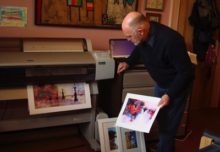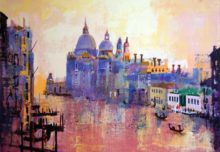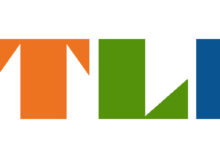One of the reasons that I was interested in becoming an artist when I was just a teenage schoolboy was that artists had access to, and were able to associate with, nudes. After all, artists are able to look at them closely without guilt or shame. If I am honest, when I started as an art student, it was a rather exciting personal prospect that I would be able to see real nudes in the ‘life drawing’ classes. And it actually became a fact.
My student experience.
For the first year or so as full time students we were scheduled one day a week in the ‘life drawing class’ where we would often have a live, nude, female model to draw. More rarely we would be given a male model, and he would be wearing a small loin-cloth, so not really a nude.
On some other days we drew a clothed model. That was a bit harder because it included folds, texture varieties, and other less exciting features. But we used the occasion to learn about how to draw, and the difference between a good drawing and a bad drawing. We worked at our art. After a while we looked forward to an older body, or a very thin or very fat body, because it made the drawing task, and experience, more interesting and better.
Why are there so many nudes in art history?
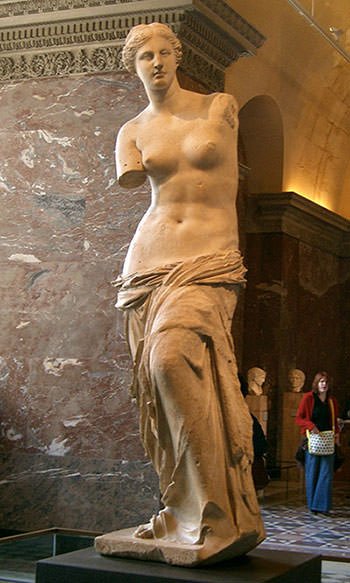
As I went through the five years at art-college I became less and less interested in seeing and drawing nude bodies. But other artists through the ages have dawn, sculpted, and painted the nude female form in their droves. Why? And why do they still teach it in art school?
When we look back we can see that very early humans painted and sculpted nude bodies. This is probably because they themselves were mostly nude. Prehistoric cave art doesn’t show people dressed in clothes.
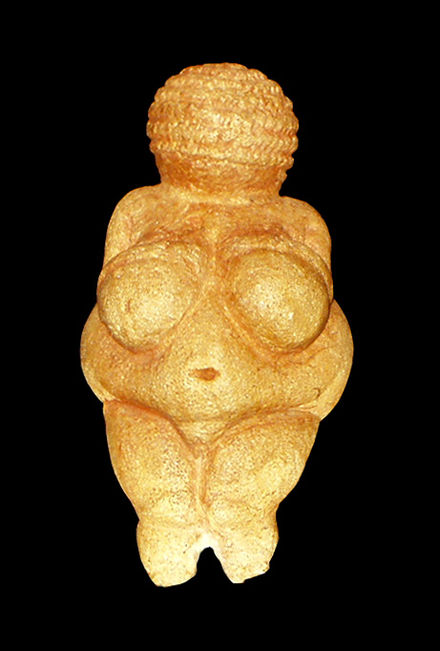
Later in art history we can see Greek sculpture showing mainly male nudes. Greeks were keen on the male body showing their idealistic heroes in the pure, strong, masculine way. There are far fewer nude female bodies in ancient Greek times. Greeks seem rather male obsessed. They even competed in the original Olympics in the nude.
It is in the later Western European renaissance that female nudes flourished. Often artists showed the nude female in strange places like landscapes, or standing on a shell, or surrounded by chubby nude children with wings. More recently the French impressionists showed them reclining on couches in the artists studio, or at a picnic with clothed males sprawled on the grass.
Nudes as art subject matter.
The focus of this blog is about why some artists and art classes like to use nudes as subject matter. And why nudes rather than any other subject? It is not about my teen-age disillusion concerning nudes.
That is because any art is only partially about the subject. It is also very much about the artists vision, and the creative process, and how that attracts the viewer and art-lover.
As students we used the other four days in a working week to study principles of design, sculpture, print-making or other craft, painting still life, and outside architectural drawing. We even went to the zoo to draw animals.
As I look around me at other fellow artists work I see abstracts, cartoons, flower pieces, animals, as well as people. Other students from my student days went onto careers making portrait sculptures, ceramic pots, dress design, interior design, and lots more.
As you might know I paint city-scapes, and pictures of our black cat, and occasional landscapes or harbor scenes. People do not appear in my artwork much at all.
I don’t actually know a full-time professional artist who has made their living painting nudes. However I expect that there are some.
Conclusion
So maybe the justification for expecting a woman to take off her clothes and stand in front of a class of teenage, male art students is based on the precedence of art history. But the excitement quickly wears off the teenage mind and a whole day once a week is a good discipline. In fact it actually has a very definite, good result because it focused the student on getting better at drawing.

